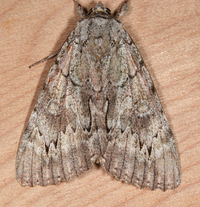
| Recorded by: Jim Petranka, Mark Basinger and Becky Elkin on 2024-09-20
Madison Co.
Comment: | 
| Recorded by: Jim Petranka, Mark Basinger and Becky Elkin on 2024-09-20
Madison Co.
Comment: |
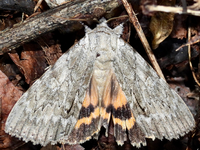
| Recorded by: tom ward on 2023-09-18
Buncombe Co.
Comment: | 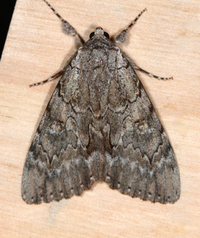
| Recorded by: Jim Petranka and Becky Elkin on 2023-09-05
Buncombe Co.
Comment: |

| Recorded by: Jim Petranka and Becky Elkin on 2023-09-05
Buncombe Co.
Comment: | 
| Recorded by: Jim Petranka and Becky Elkin on 2023-09-05
Buncombe Co.
Comment: |
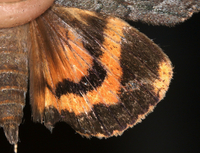
| Recorded by: Jim Petranka and Becky Elkin on 2023-09-05
Buncombe Co.
Comment: | 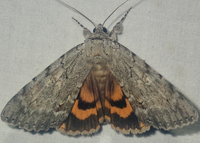
| Recorded by: tom ward on 2023-09-05
Buncombe Co.
Comment: |
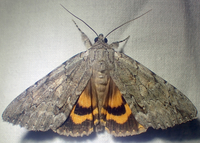
| Recorded by: tom ward on 2023-09-03
Buncombe Co.
Comment: | 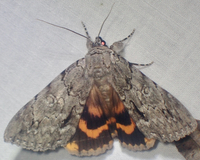
| Recorded by: tom ward on 2023-08-24
Buncombe Co.
Comment: |
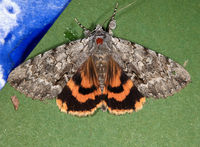
| Recorded by: Jim Petranka and Becky Elkin on 2023-08-23
Madison Co.
Comment: | 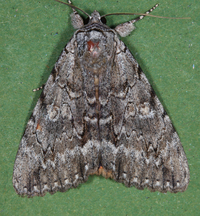
| Recorded by: Jim Petranka and Becky Elkin on 2023-08-23
Madison Co.
Comment: |

| Recorded by: Jim Petranka and Becky Elkin on 2023-08-23
Madison Co.
Comment: | 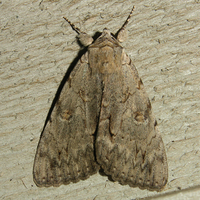
| Recorded by: Owen McConnell on 2023-08-09
Graham Co.
Comment: |

| Recorded by: tom ward on 2022-09-23
Buncombe Co.
Comment: | 
| Recorded by: tom ward on 2021-10-26
Buncombe Co.
Comment: |
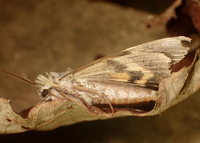
| Recorded by: tom ward on 2021-10-26
Buncombe Co.
Comment: | 
| Recorded by: Stephen Hall and Bo Sullivan on 2021-09-14
Ashe Co.
Comment: |

| Recorded by: Jim Petranka, Becky Elkin, Steve Hall and Bo Sullivan on 2019-07-30
Yancey Co.
Comment: | 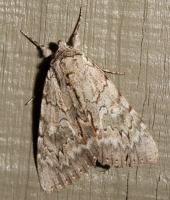
| Recorded by: Steve Hall and Bo Sullivan on 2015-09-16
Ashe Co.
Comment: |
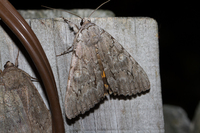
| Recorded by: Steve Hall and Bo Sullivan on 2014-09-26
Ashe Co.
Comment: | 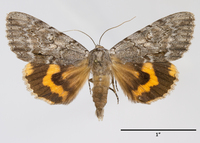
| Recorded by: J.B. Sullivan on 2014-08-25
Ashe Co.
Comment: Specimen in NCSU Insect Museum. Wingspan = 6.4 cm; forewing length = 3.2 cm |
|

 »
»


 »
»
